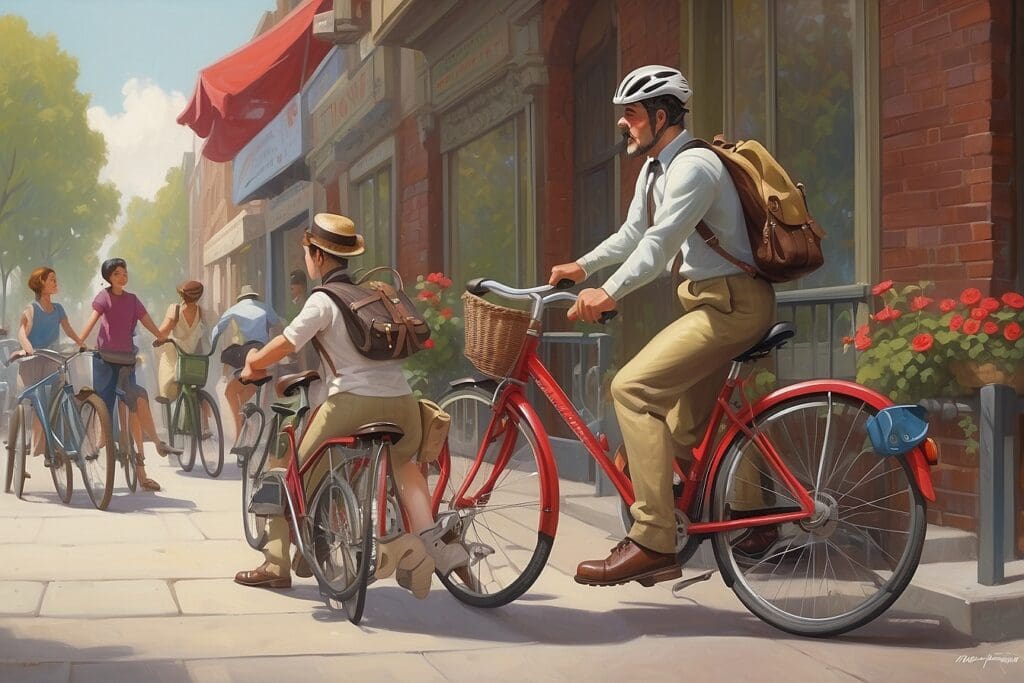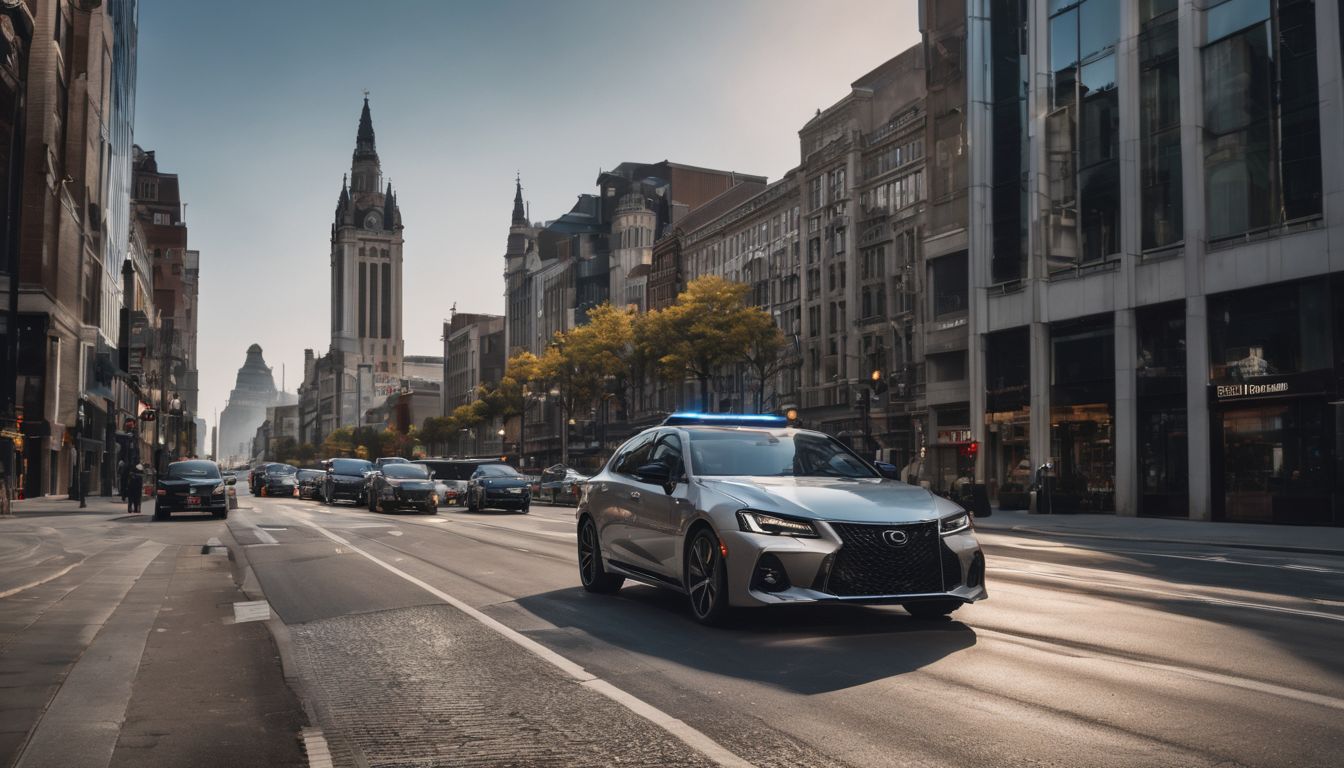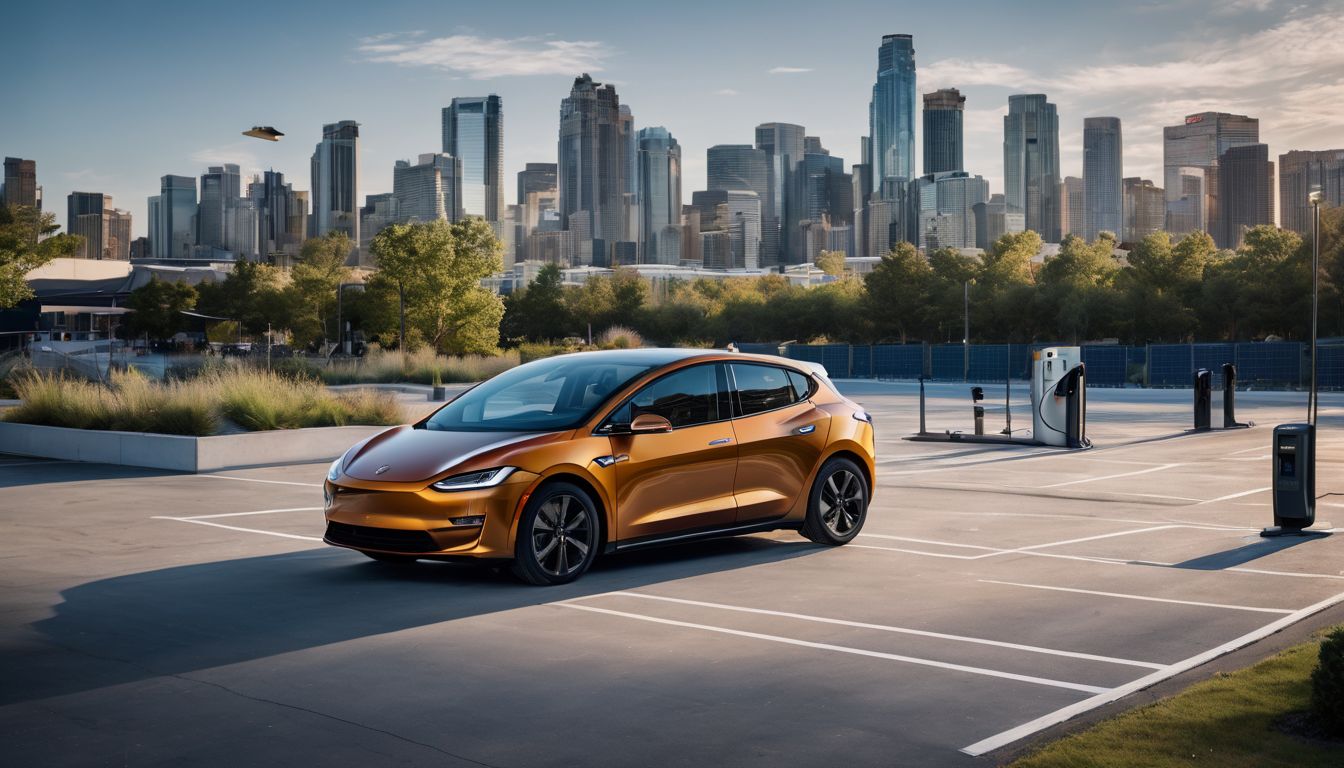Bicycles as a mean of transportation are an effective way to reduce your personal carbon footprint . Bikes have been around for over 200 years yet only in more recent years has the issue of road etiquette been a topic of conversation. In all 50 U.S. states, cyclists are required to follow the same traffic laws as other drivers.1 However, cyclists and drivers often find each other’s behavior unpredictable. Why is this the case, and how can roads become more biker-friendly?
Rise of the Bicycle
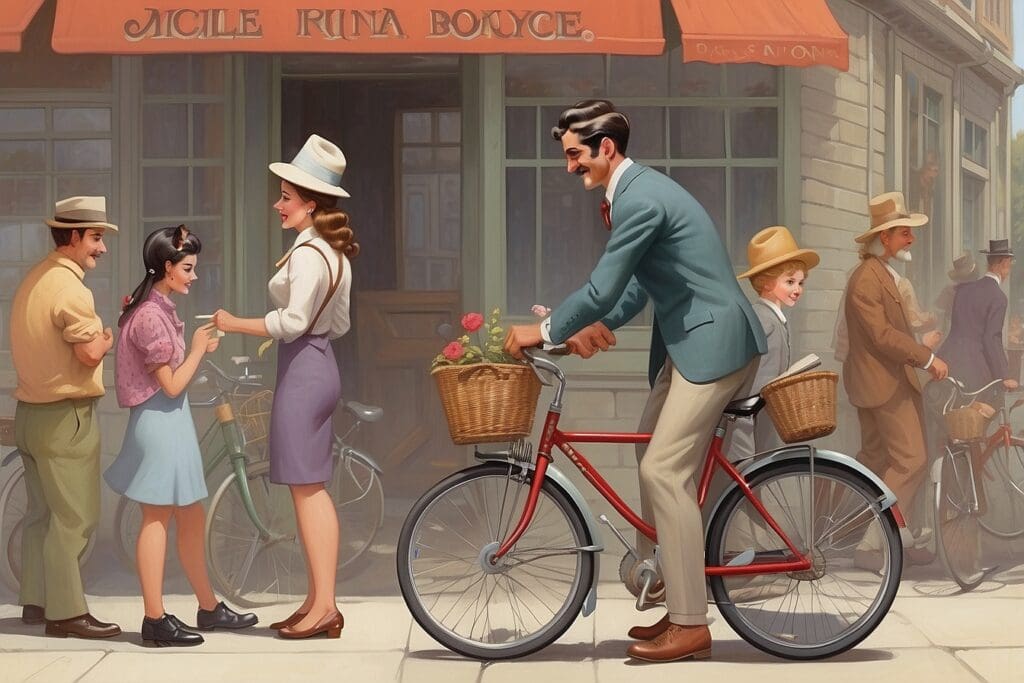
Using bicycles as a means of transportation has several environmental, health, and economic benefits. First, bikes require far less materials to build than cars, which conserves natural resources, such as rubber. Bikes also reduce noise pollution, which is beneficial for wildlife and are also less likely to have road kill incidents. To state the obvious, bicycles run on human energy, they require no fossil fuel or even clean green energy to run, and thus also produce no greenhouse gas emissions . Since 20 bikes can fit in the space of one car, if more people rode bikes we could have smaller roads and parking lots. In terms of improved health, just three hours of biking per week can reduce risk of heart disease by 50%. In addition, during a 30-minute ride, people on average burn between 215-500 calories. Lastly, the average annual cost of a car is over $8,000 while the annual operating cost for a bicycle is around $300.2
In Copenhagen, 52% of people commute to work by bicycle, as compared to 0.6% of people in the United States.3 However, the number of people that bike to work in the U.S. is definitely on the rise. If you are interested in tips for becoming a bicycling commuter, check out this guide !
Can We Share the Road?
The first automobile-bicycle accident was recorded in 1896 in New York. At that time, commercially used bicycles had only been in use for about 25 years. According to 2012 estimates, about 700 people die per year in bicycle accidents and about 45,000 people are injured.4 Despite the fact that many traffic laws are common knowledge, in my daily travels I often witness moments of confusion between drivers and cyclists on basic points.
Even though bicycles must follow the same rules as cars, there is still a good deal of gray area left to figure out. Whether you are a cyclist or a driver, below are some universal laws you must follow:
- Bicyclists must ride on the same side of the road as drivers of automobiles.5
- When you come to an intersection and you do not have the right of way, you must yield to those who do.6
- If you want to change lanes, you must yield to those traveling in the new lane.7
- You must follow all street signs and traffic signals.8
There are also some non-common knowledge rules and etiquette about how to deal with certain situations between bicycles and cars that bear clarification:
- If a lane is wide enough for a bike to share with a car, the bike can ride three feet to the right of the car. If the land is not wide enough, the bike should “take the lane” by riding in the middle of the lane.9
- If a driver is taking a right turn and the cyclist is going straight, the cyclist has the right of way and the driver must wait for the cyclist to pass them on the right side before the driver can turn.10
- By parking in a bike lane, drivers are making the situation more unpredictable for other drivers because cyclists will have to swerve into traffic lanes to avoid the car.11
- Cyclists often ride several feet away from parked cars, in case someone opens their car door and hits the cyclist.12
- Cyclists often do not hear cars behind them because the noise of the road is so loud. On the other side of the coin, cyclists should avoid wearing headphones while they ride.13
- When a cyclist is stopped at a light or at a stop sign, they should take the lane instead of staying close to the curb, so that oblivious drivers do not accidentally hit them.14
- Cyclists should not ride on sidewalks, as that can endanger pedestrians.15
- And, of course, for their own safety, cyclists should wear helmets and reflective gear, as well as use bicycle lights and reflectors.16
The Idaho Stop
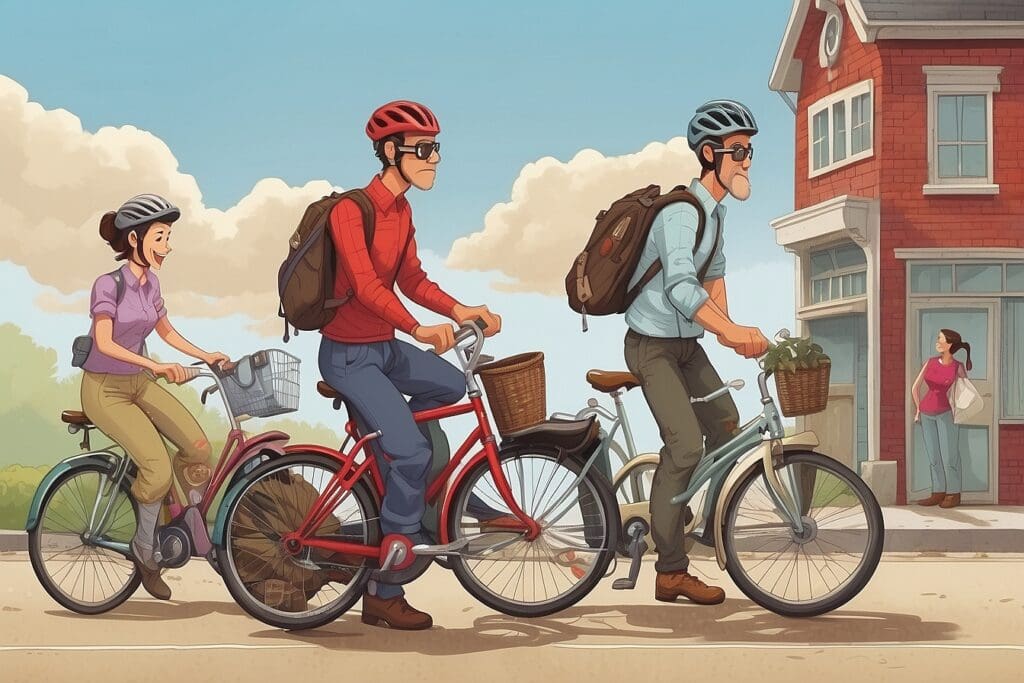
“The Idaho Stop” has become an infamous term in the cyclist-driver debate. For the past three decades, it has been legal for cyclists in Idaho to treat stop signs as yield signs. In many other states, it is illegal for cyclists to roll through stop signs, just as it is illegal for drivers to do so. However, some argue that legalizing the Idaho Stop would make cyclists more predictable for drivers. Blogger Joseph Stromberg states, “Currently, when a bike and a car both pull up to a four-way stop, an awkward dance often ensues. Even when cars get there first, drivers often try to give bikers the right-of-way, perhaps because they think the cyclist is going to ride through anyway. If the cyclist logically waits, both parties end up sitting there, urging the other to go on.”17 However, others argue that the Idaho Stop, while ideal for cyclists, infringes on pedestrians’ right of way and should not be widely legalized.18
Moving Forward
Clearly, there are many ways that the cyclist-driver relationship needs to be improved. Recently, researchers George Hess and M. Nils Peterson conducted a study to learn more about road etiquette and perceptions. They showed 1,800 volunteers four types of signs: “Share the road,” an image of a bike painted on the pavement indicating a shared lane, a sign that read “bicycle may use full lane,” or a picture of a street with no road signs. The study found that the “share the road” sign had about as much impact on the volunteers as the street with no road signs. Interestingly, they also found that “bicycles may use full lane” seemed to be the most effective sign.19 Most likely, the relationship could be improved by more direct public education and street sign language.

